European Union policymakers have brought in new laws to introduce a universal phone charger.
Now it’s almost a reality, but while there’s widespread support from consumers and politicians, one company in particular isn’t happy.
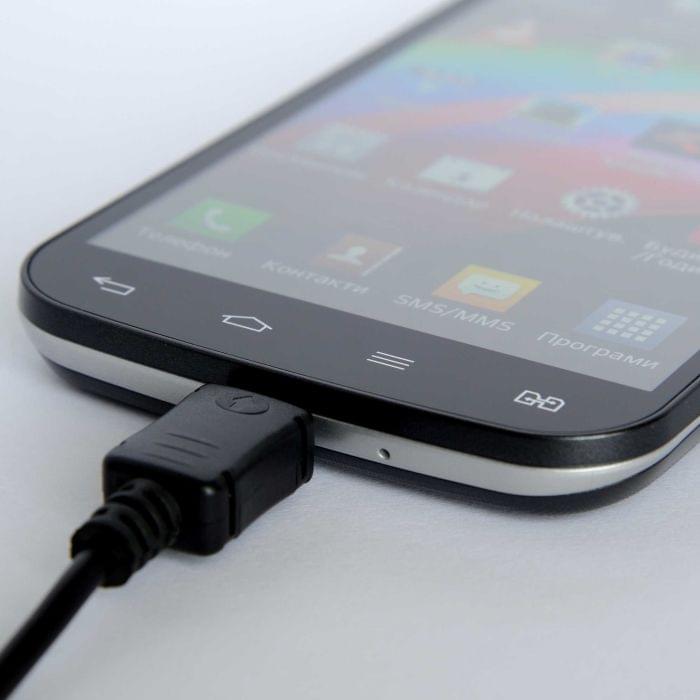
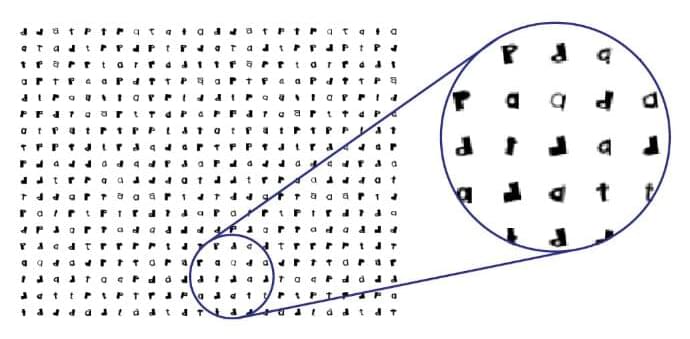
Artificial intelligence (AI) plays an important role in many systems, from predictive text to medical diagnoses. Inspired by the human brain, many AI systems are implemented based on artificial neural networks, where electrical equivalents of biological neurons are interconnected, trained with a set of known data, such as images, and then used to recognize or classify new data points.
In traditional neural networks used for image recognition, the image of the target object is first formed on an image sensor, such as the digital camera in a smart phone. Then, the image sensor converts light into electrical signals, and ultimately into the binary data, which can then be processed, analyzed, stored and classified using computer chips. Speeding up these abilities is key to improving any number of applications, such as face recognition, automatically detecting text in photos, or helping self-driving cars recognize obstacles.
While current, consumer-grade image classification technology on a digital chip can perform billions of computations per second, making it fast enough for most applications, more sophisticated image classification such as identifying moving objects, 3D object identification, or classification of microscopic cells in the body, are pushing the computational limits of even the most powerful technology. The current speed limit of these technologies is set by the clock-based schedule of computation steps in a computer processor, where computations occur one after another on a linear schedule.
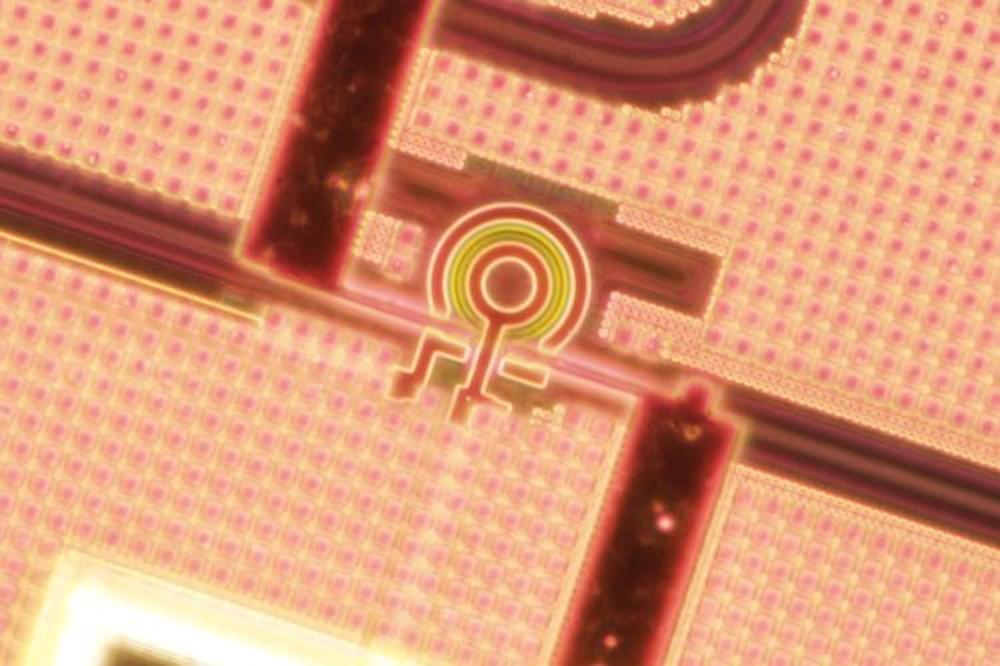
Quantum sensing is poised to revolutionize today’s sensors, significantly boosting the performance they can achieve. More precise, faster, and reliable measurements of physical quantities can have a transformative effect on every area of science and technology, including our daily lives. However, most of these schemes are based on special entangled or squeezed states of light or matter that are difficult to detect. It is a significantly challenging task to harness the full power of quantum-limited sensors and deploy them in real-world scenarios.
A team of physicists at the Universities of Bristol, Bath, and Warwick have found a way to operate mass manufacturable photonic sensors at the quantum limit. They have shown that it is possible to perform high-precision measurements of critical physical properties without the need for sophisticated quantum states of light and detection schemes.
Using ring resonators is a key to this breakthrough discovery. The ring resonators are tiny racetrack structures that guide light in a loop and maximize its interaction with the sample under study. Importantly, ring resonators can be mass-produced in the same way chips in computers and cell phones are.

Phishing campaigns attributed to an advanced threat actor called SideWinder involved a fake VPN app for Android devices published on Google Play Store along with a custom tool that filters victims for better targeting.
SideWinder is an APT group that’s been active since at least 2012, believed to be an actor of Indian origin with a relatively high level of sophistication.
Security researchers at Kaspersky attributed close to 1,000 attacks to this group in the past two years. Among its primary targets are organizations in Pakistan, China, Nepal, and Afghanistan.
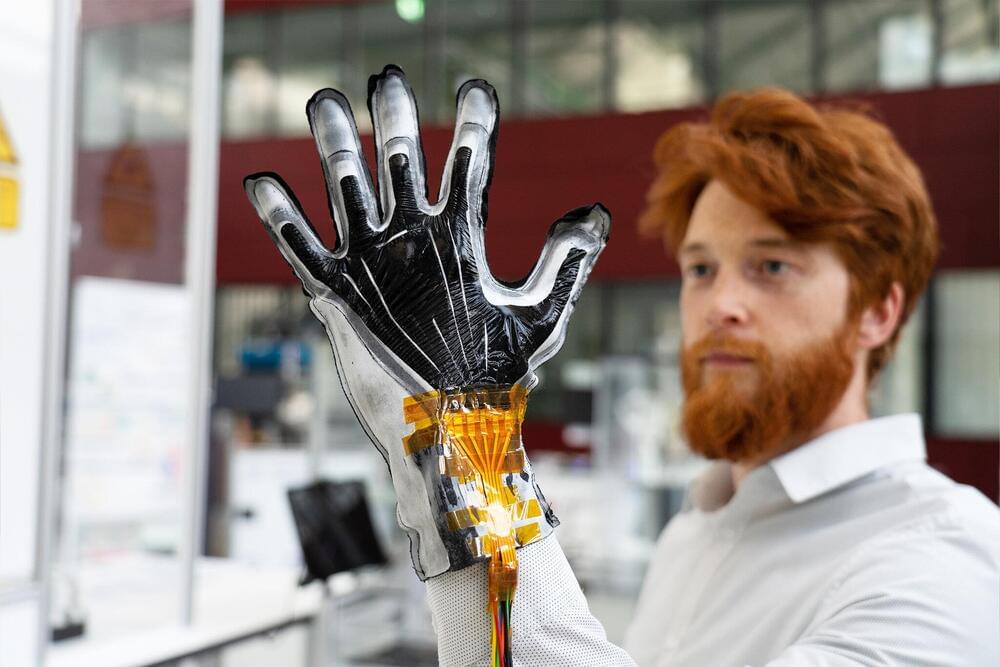
Imagine this: A smooth touchscreen display placed on top of a thin silicone polymer film suddenly generates the feeling of a tiny raised button under the user’s finger. Or how about the idea of wearing that same polymer film like a second skin? If used to line an industrial glove, the film can provide valuable feedback by gesture recognition and by sending tactile signals, such as pulses or vibrations, to the wearer. The research team led by Professor Stefan Seelecke of Saarland University will be at this year’s Hannover Messe, the industrial trade fair running from 30 May to 2 June, where the team will be demonstrating how smart tactile surfaces are now being used as novel human-machine interfaces.
Seelecke’s research team at Saarland University are using thin silicone films to give surfaces some very novel capabilities. The technology, which is able to create the sensation of a tactile “button” or “slider” on flat glass display screens, is literally bringing a new dimension to touchscreen interactions. The polymer film is able to change shape on demand to create the feeling of a raised button or a key on the surface of the display that the user can then use, for example, to navigate around a page or to enter data.
“Using this technology, we can make the user interfaces of smart phones, information screens or household devices more user friendly,” said Seelecke, who heads the Intelligent Material Systems Lab at Saarland University. If a user feels a pulse or vibration under their fingertips, they can then respond by tapping the screen. And because the user also experiences the slight resistance that we feel when we press a ‘real’ button or switch, they know that their response has been successful. For the blind and partially sighted, this sort of physical feedback is not a gimmick, but hugely valuable in their day to day lives.
The United States’ reliance on China for rare earth elements could soon come to an end, thanks to a new process that pulls the valuable metals from the ash left over when we burn coal.
Why it matters: The 17 rare earth elements aren’t actually rare — they’re all more common than gold, and one is more abundant than copper. But getting our hands on them is difficult because they’re widely dispersed in Earth’s crust and hard to extract through mining.
That’s a problem because we need rare earth elements to make a lot of products, from smartphones and satellites to electric cars and wind turbines.
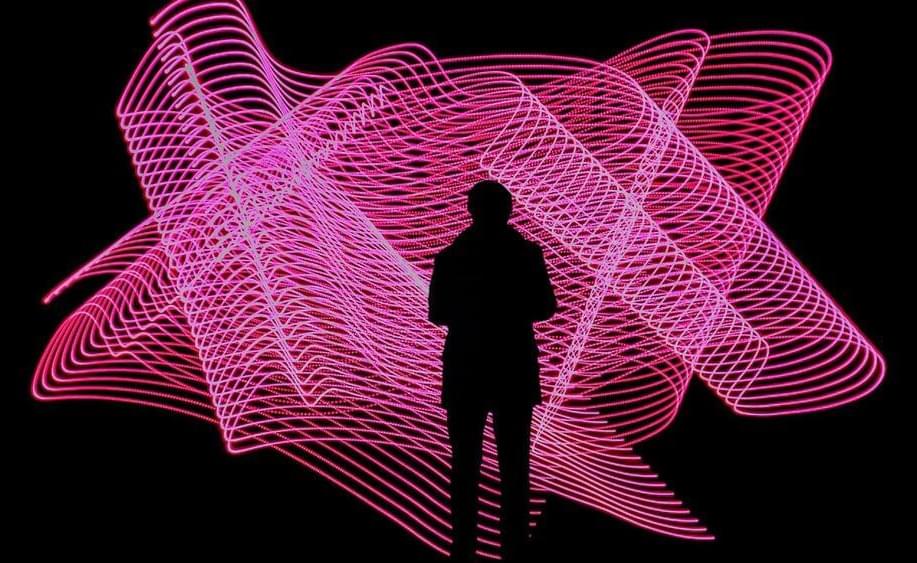
Google’s Threat Analysis Group (TAG) says that state-backed threat actors used five zero-day vulnerabilities to install Predator spyware developed by commercial surveillance developer Cytrox.
In these attacks, part of three campaigns that started between August and October 2021, the attackers used zero-day exploits targeting Chrome and the Android OS to install Predator spyware implants on fully up-to-date Android devices.
“We assess with high confidence that these exploits were packaged by a single commercial surveillance company, Cytrox, and sold to different government-backed actors who used them in at least the three campaigns discussed below,” said Google TAG members Clement Lecigne and Christian Resell.

Researchers at Trend Micro identified a set of mobile apps available on the Google Play Store performing malicious tasks in the background, including stealing user credentials and banking details from Android users. Some of these apps have nearly 100,000 downloads, so the scope of the problem is considerable.
In total, the analysis revealed the detection of 200 malicious applications that hide code from dangerous malware variants, capable of putting users of the affected devices in serious trouble.
One of the main threats identified is Facestealer, a spyware variant capable of stealing Facebook access credentials, allowing subsequent phishing campaigns, social engineering, and invasive advertising. Facestealer is constantly updated and there are multiple versions, making it easy for them to get into the Play Store.